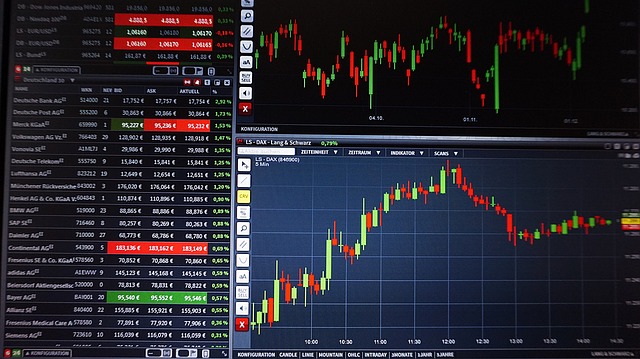Charting On Different Time Frames
One of the key concepts in technical analysis is the use of different time frames. Using different time frames can provide a better perspective on an asset and can be used to create a more complete picture of its potential price movements.
The technical analysis time frames shown on charts range from one-minute to monthly, or even yearly, time spans. Popular time frames that technical analysts most frequently examine include:
Here are some common time frames used in technical analysis:
1-minute chart: This chart shows the price movements of an asset over a one-minute period. It is commonly used to identify short-term trends and potential entry and exit points.
5-minute chart: This chart shows the price movements of an asset over a five-minute period. It can provide a broader view of short-term trends and can be used in conjunction with 1-minute charts to make trading decisions.
15-minute chart: This chart shows the price movements of an asset over a 15-minute period. It can be used to identify longer-term trends and potential support and resistance levels.
30-minute chart: This chart shows the price movements of an asset over a 30-minute period. It is similar to the 15-minute chart, but provides a wider view of the market and can be used to identify longer-term trends and potential support and resistance levels.
1-hour chart: This chart shows the price movements of an asset over a one-hour period. It is often used to identify longer-term trends and potential support and resistance levels.
4-hour chart: This chart shows the price movements of an asset over a four-hour period. It is similar to the 1-hour chart, but provides a wider view of the market and can be used to identify longer-term trends and potential support and resistance levels.






